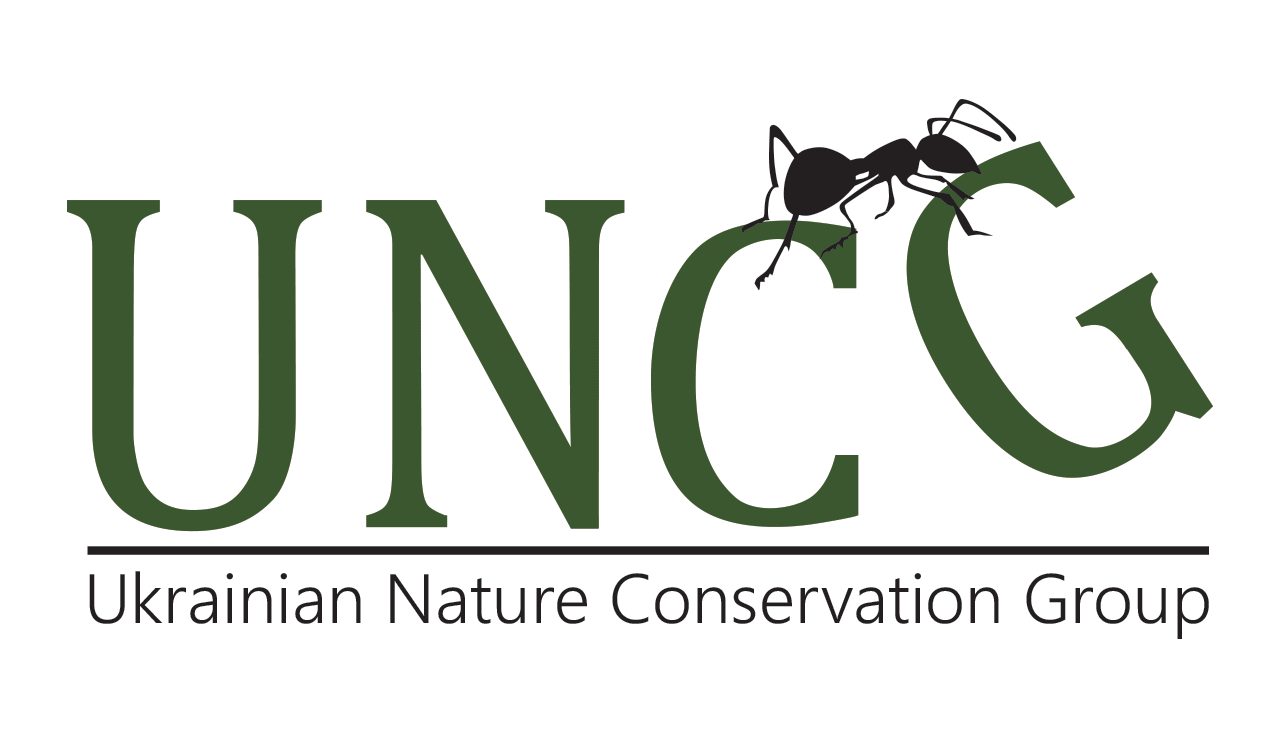
Krychów – Krowie Bagno short description

2017
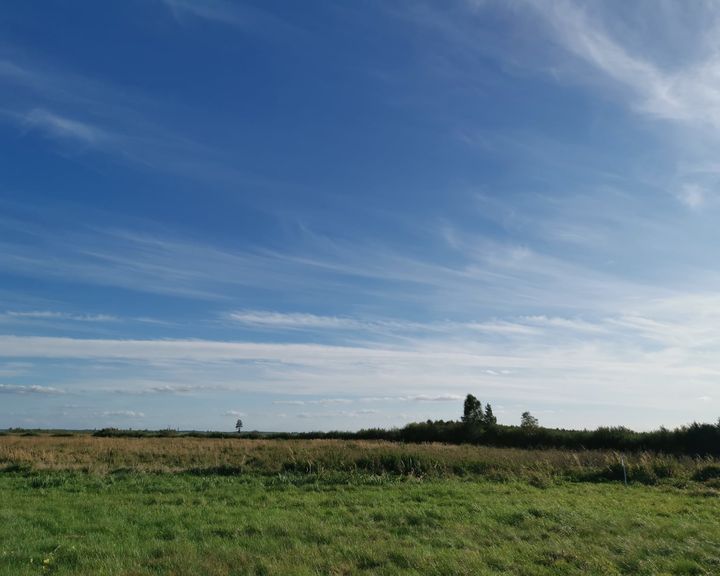
2021
History
The site is located in an peatland area of a sedge meadow character with a woollyfruit sedge complex dominance and surrounding meadow complexes, particularly Molinia, characterised by the expansion of tall herbs, willows, and shrubby birch. The grassland area has historically and currently been used for agriculture. In the 20th century, the area underwent very intensive land reclamation, at which agricultural management was most intensive. At the same time, a two-sided irrigation and drainage management system was in use. Unfortunately, due to lack of funds, this management did not persist: the damming facilities collapsed and only the drainage ditches remained.
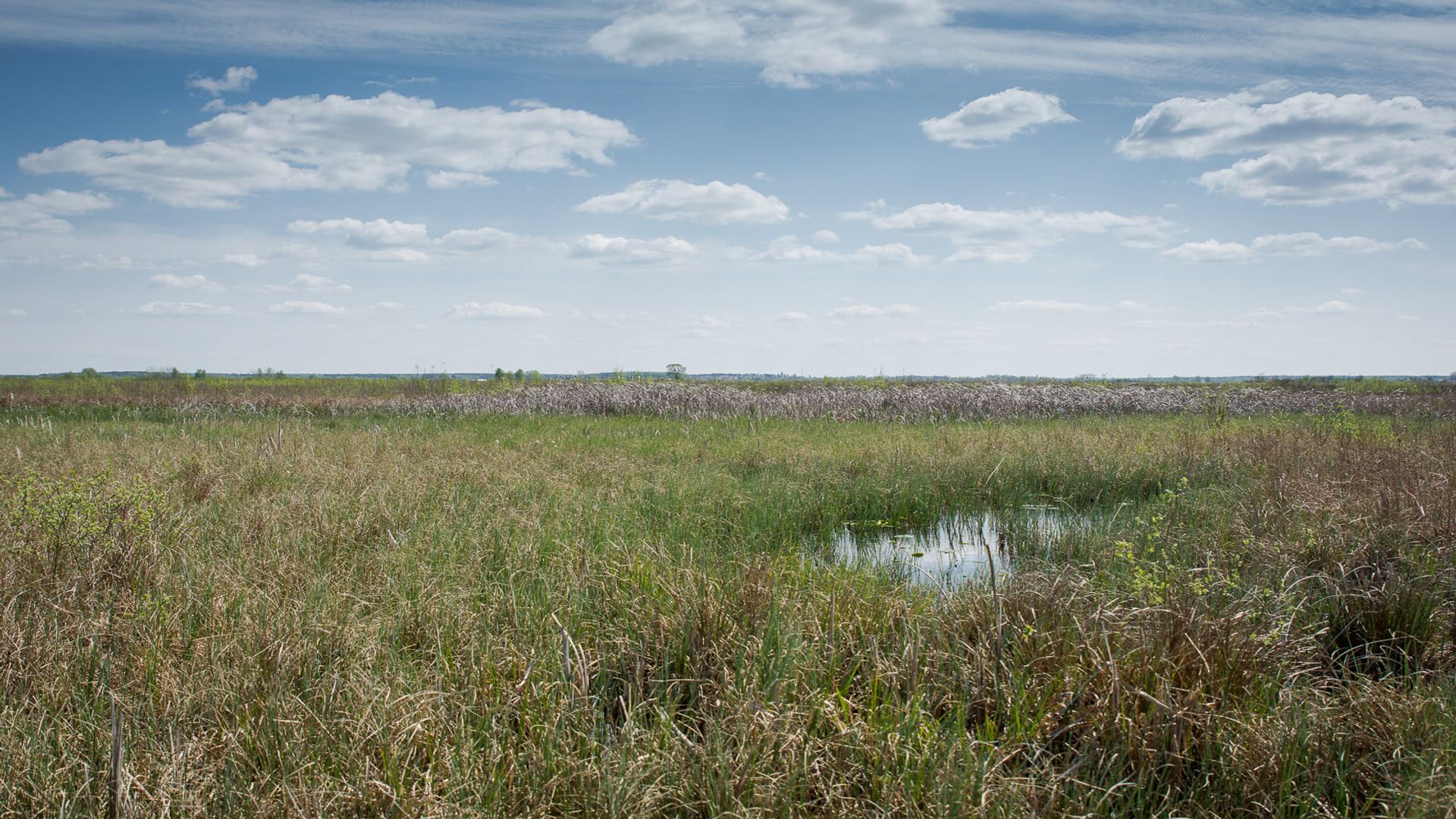
photo by Monika Klimowicz
Connectivity
The site is located in Natura 2000 site Krowie Bagno PLH060011 whilst it is surrounded by the range of nature protected areas including the Polesie PLB060019 Natura 2000 site (4.9 km to the NW); Bubnów Bagno PLB060001 Natura 2000 site (5.9 km to the SW); Natura 2000 site ‘Ostoja Poleska’ PLH060013 (6.1 km to the SW and 5.8 km to the NW); Natura 2000 site ‘Lasy Sobiborskie’ PLH060043 (in 4.9 km); Poleski National Park (5.9 km to the SW and 6.1 km to the NW). The site is situated in zone C of the ‘Polesie Zachodnie’ Transboundary Biosphere Reserve. The site is limited by natural barriers and located in the area of the Eastern Ecological Corridor as one of the stops in the chain of habitats, creating a stepping stone type ecological corridor, through which it is possible for the fen mire species individuals to move between their stable populations present in the surrounding fen mires, e.g., Bagno Bubnow mire and ephemeral sites in the Bug valley. This will increase the accessibility for biodiversity to the main ecological corridors within which the bridging habitats are located.
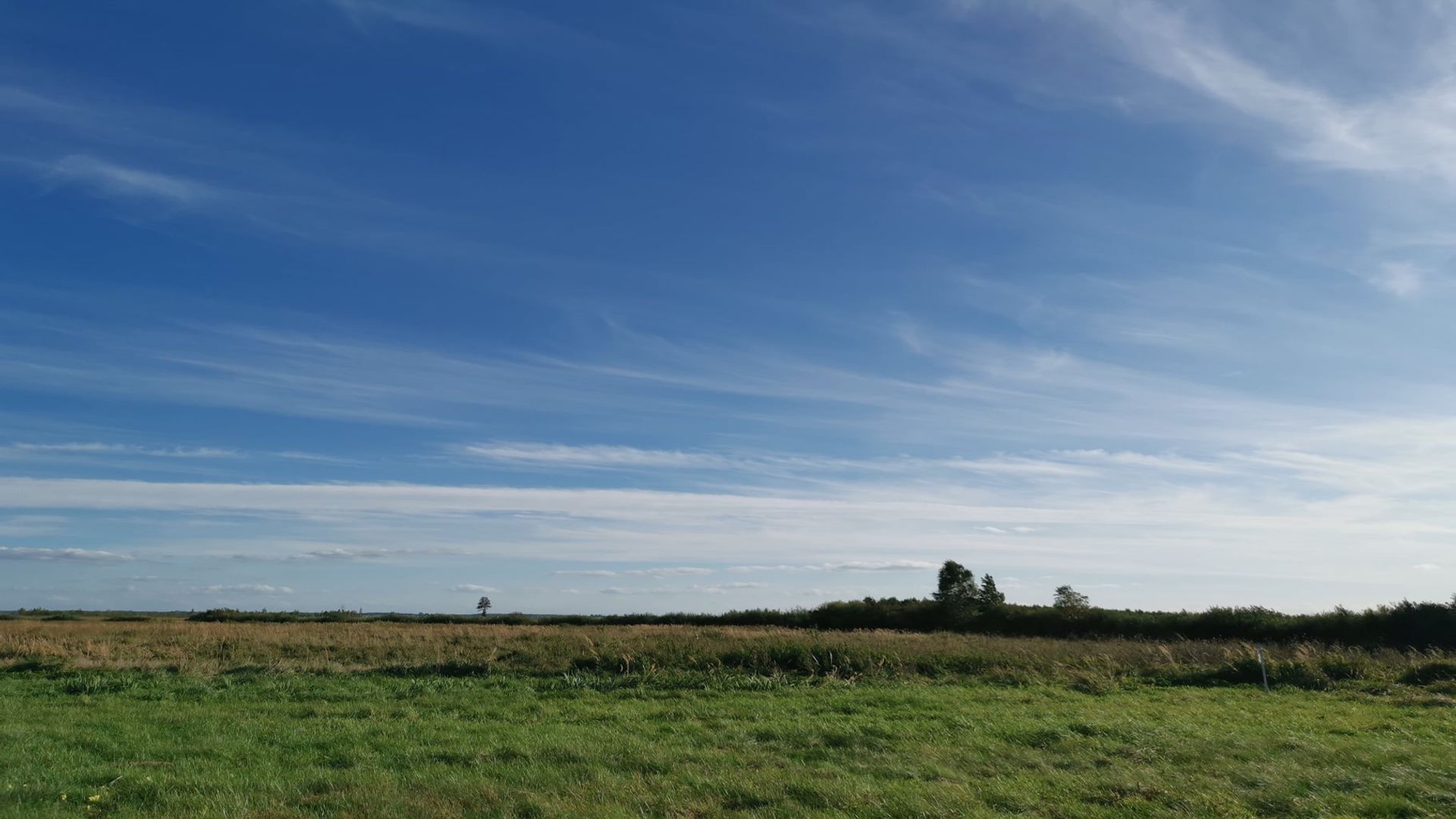
Characteristics of the site
The Krychów site is, to a considerable extent, a former water reservoir, currently overgrown with peatland vegetation. The fen mire surrounding the former reservoir is intensively drained and completely overgrown with mire vegetation consisting mainly of the Caricetum lasiocarpae sedge complex. Willows and reed are very expansive in the fen, especially at its edges. In the scrub locally, shrubby birch Betula humilis has a very high proportion, and locally co-dominates. With the exception of the intact peatland in its central part, the area is covered with meadow vegetation and, with herbaceous vegetation on unmown fragments. The meadows adjoining the peatland are Molinia meadows dominated by Molinia caerulea, locally overgrown with blackberry and raspberry Rubus spp., sand reed Calamagrostis epigejos and other species alien to the habitat. In the peatland part of the area, shrubby species such as willows and birches occur in the meadow fragments. Nowadays, they are regularly mown, however regrow from the remaining roots and trunks. The south-western part is mainly poor meadow communities (Molinio-Arrhenatheretea and Arrhenatheretalia) on mineral soil or mineralised peat. With the exception of the intact peatland, the site is used for haymaking. The site belongs to private owners, with whom the OTOP BirdLife Poland has signed relevant agreements allowing the re-wetting works to be carried out.
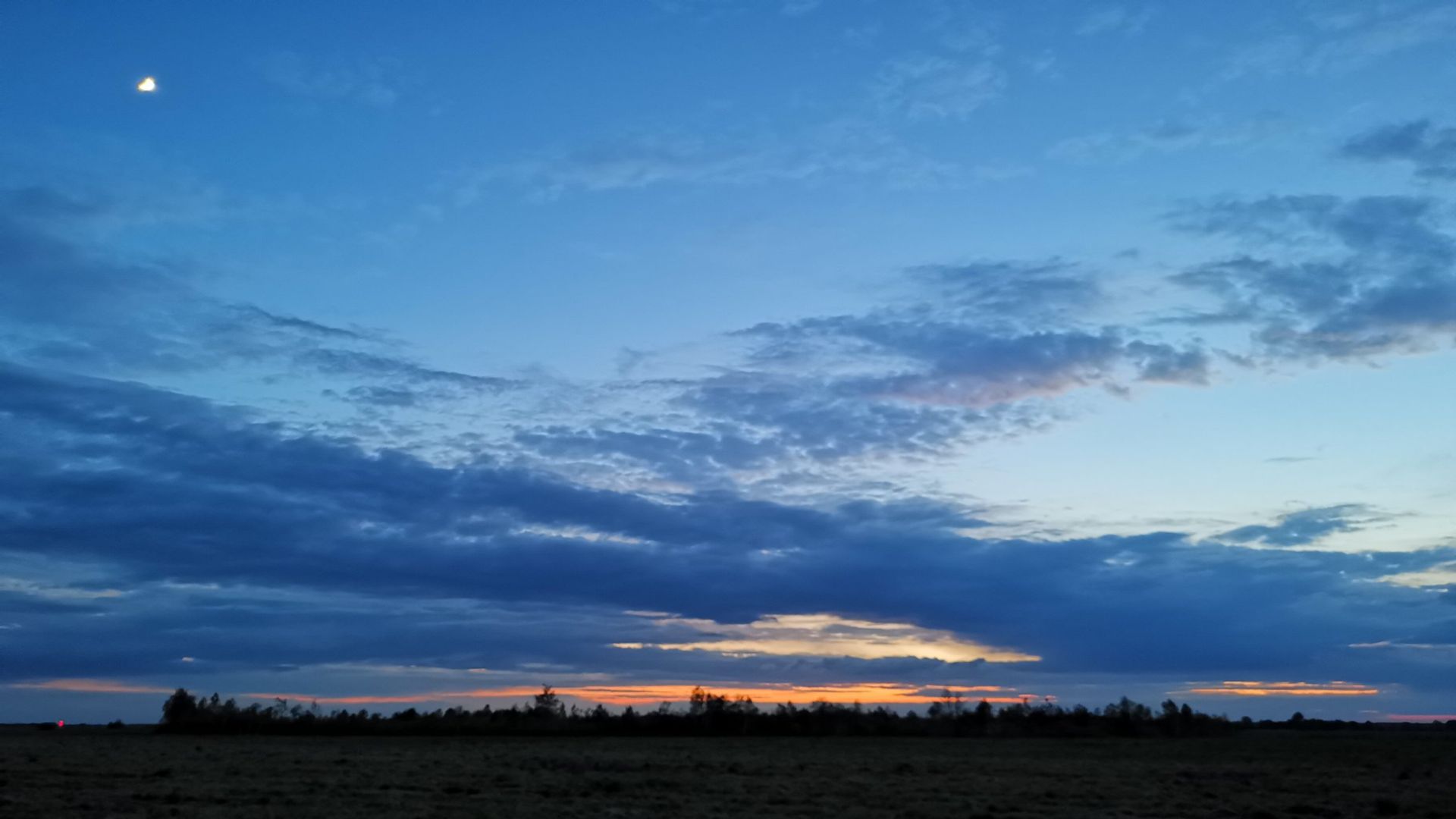
photo by Krzysztof Stasiak
Problem, threats
Current status of surface water is ecologically and chemically bad. At the same time, the quantitative status of groundwater was determined as good, whereas their chemical status as bad. The greatest danger to the area is the overdrying of habitats. Both the abandonment of mowing in the meadows and the potential intensification of meadow management are important threats. Preventing rapid surface run-off of water would influence its storage in lower layers and increase the capacity of waters to self-purify. Therefore, there is an urgent need to maintain rational management in the area (including increasing retention) using appropriate agri-environmental packages.
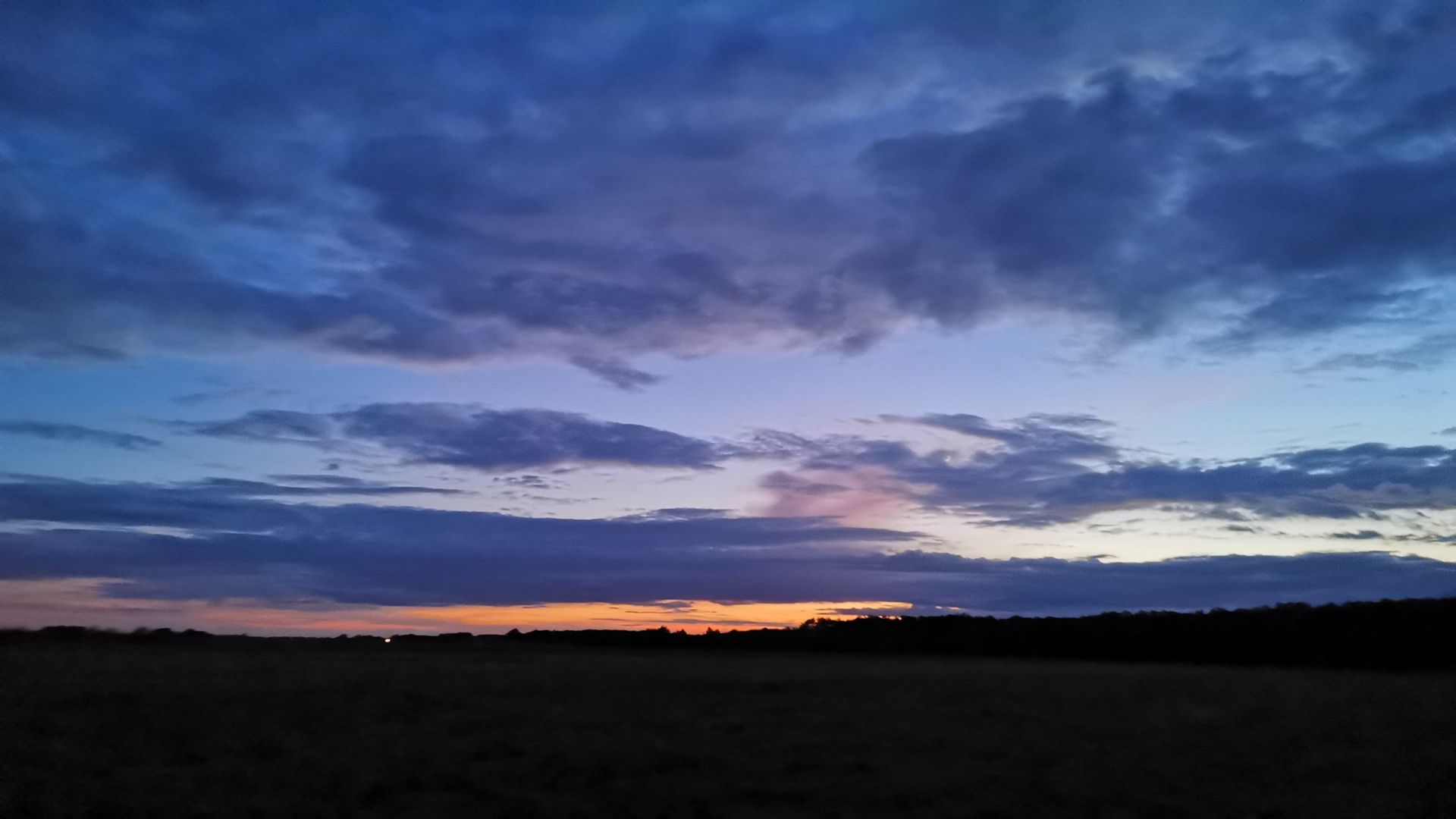
photo by Krzysztof Stasiak
Species
According to the Natura 2000 Standard Data Form, the site hosts three other species of butterflies listed in Annex II of the Council of Europe Directive 92/43/EEC: Lycaena dispar, Maculinea nausitous and Maculinea teleius. The dominant habitats in the refuge are Molinia meadows (6410) and extensively used fresh meadows (6510). There are also patches of Schoenetum ferruginei (7230). There are also habitats: 3150 oxbow lakes and natural eutrophic water bodies with communities of All. Nymphaeion, All. Potamion, 7140 Transition mires and quaking bogs, 7150 Lowlands on peaty substrates with vegetation of the Rhynchosporion association. The site also hosts several species of Annex II breeding birds. The following have been recorded here: Lapwing (Vanellus vanellus), Great snipe (Gallinago media), Common snipe (Gallinago gallinago) and Sedge warbler (Acrocephalus schoenobaenus).

Restoration action
In order to preserve the existing habitat structure, it is necessary to stop the drainage and damming of water in the area. The construction by the OTOP BirdLife Poland of damming devices on the ditches draining the peatland between 2017 and 2021 was a response to the threats identified. The project consists of the construction of five damming devices of wooden construction, with adjustable damming height, with a maximum damming height of less than 1 m. The purpose of the damming devices is to retain spring water on the mire and, thanks to the adjustable dams, to lower the water level for a period in full summer, during the haymaking season.
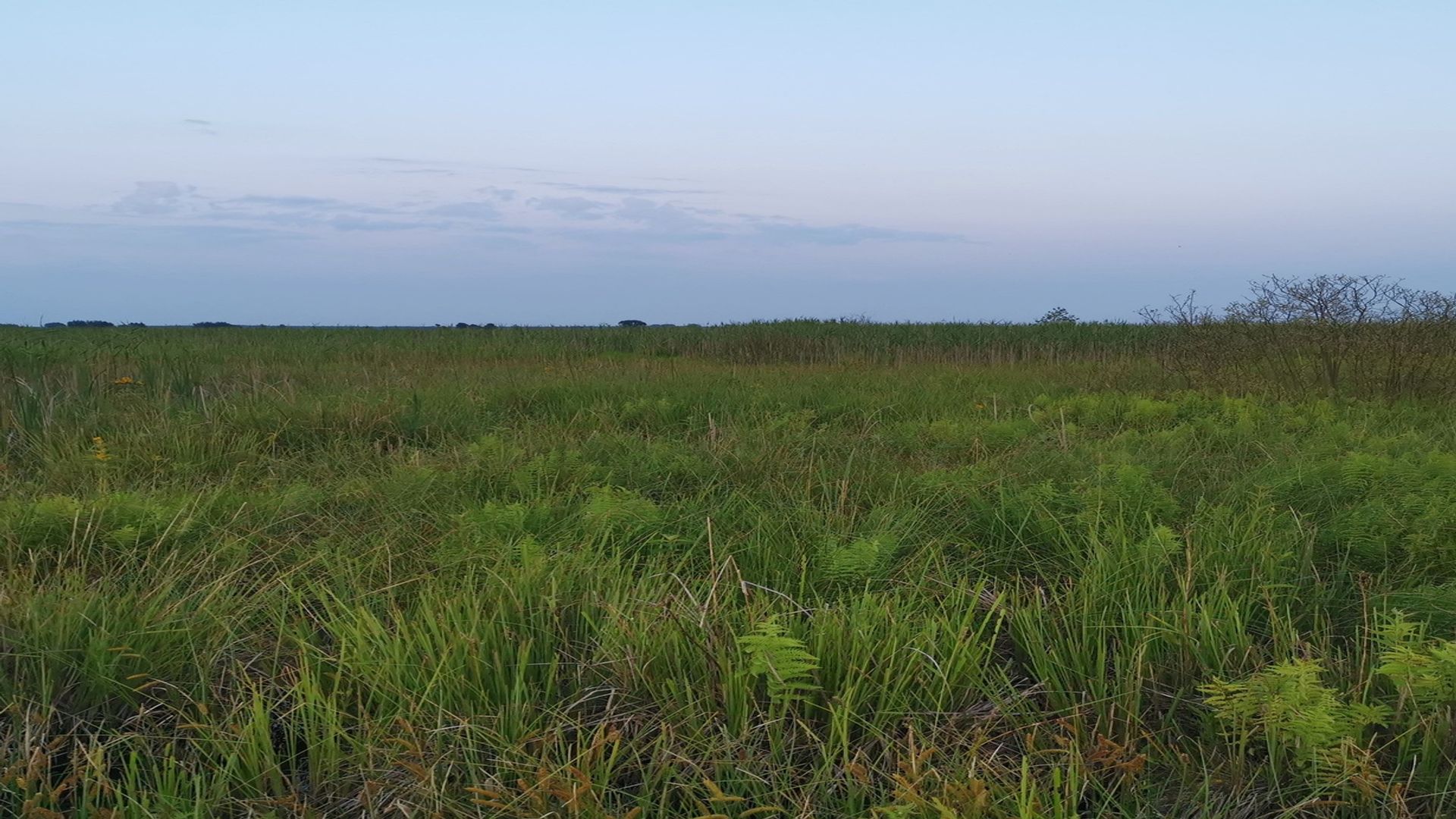
photo by Krzysztof Stasiak
Monitoring
Aquatic Warbler monitoring, breeding bird monitoring. Watertable monitoring
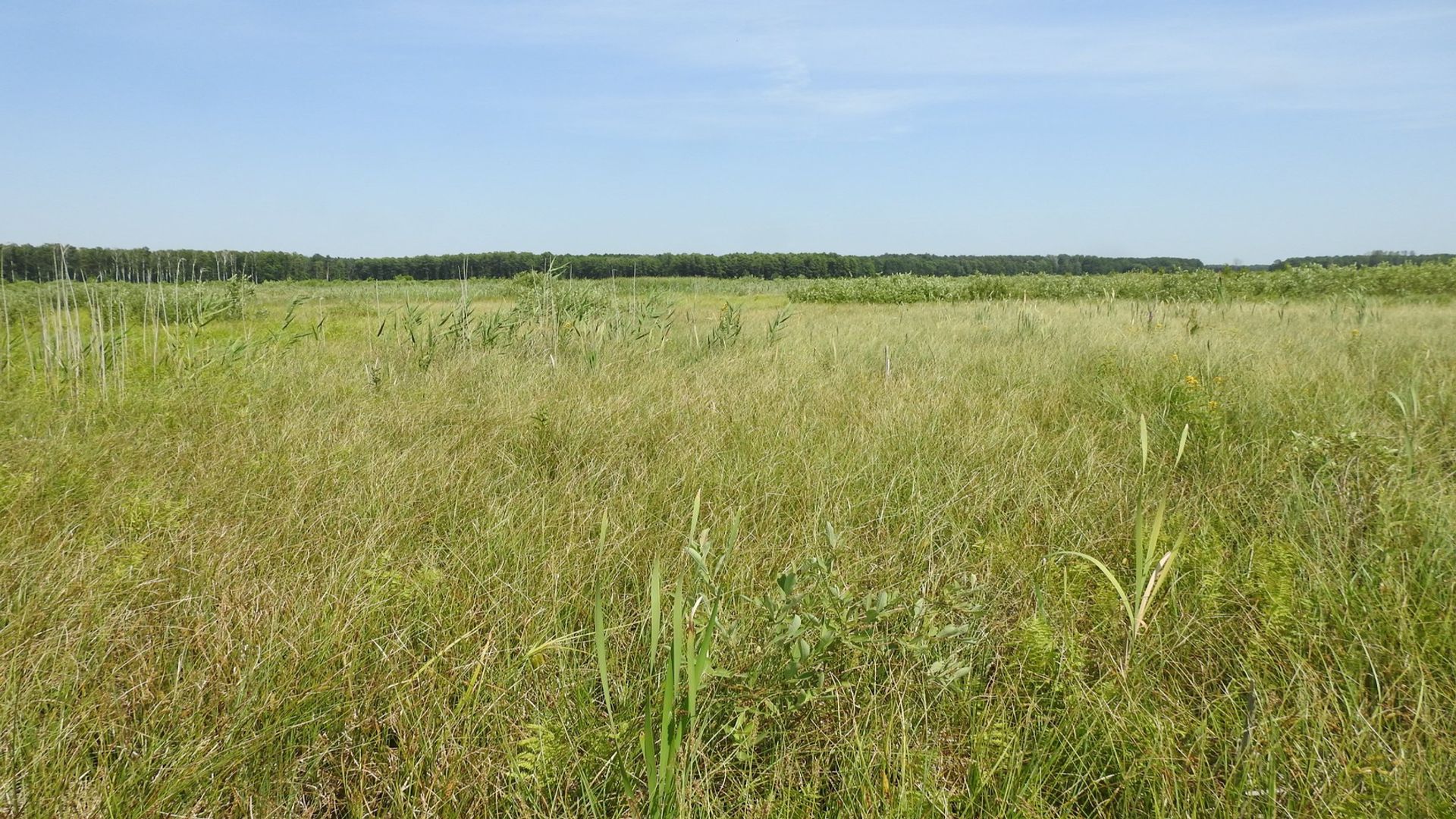
Laskie Lake, Krowie Bagno
Partners
Nature-based solutions in open wetlands restoration for biodiversity, water quality improvement and climate mitigation // 1.10.2024 – 30.09.2025
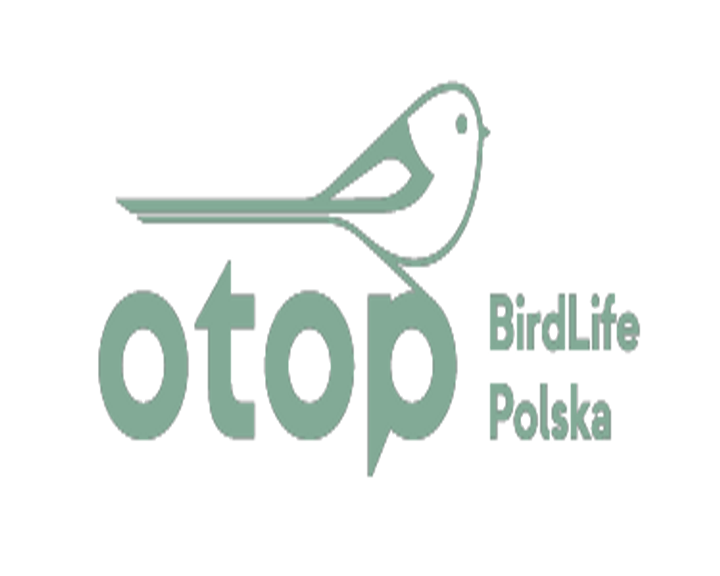
OTOP BirdLife Poland
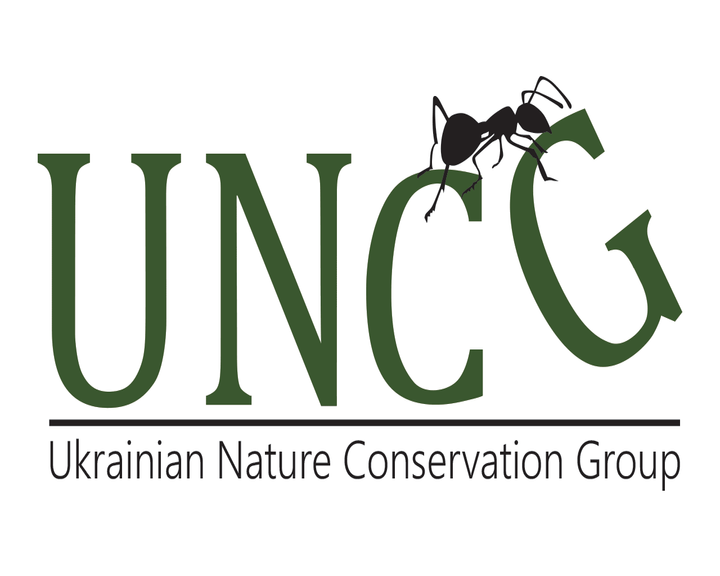
Ukrainian Nature Conservation Group

Snowchange Cooperative



